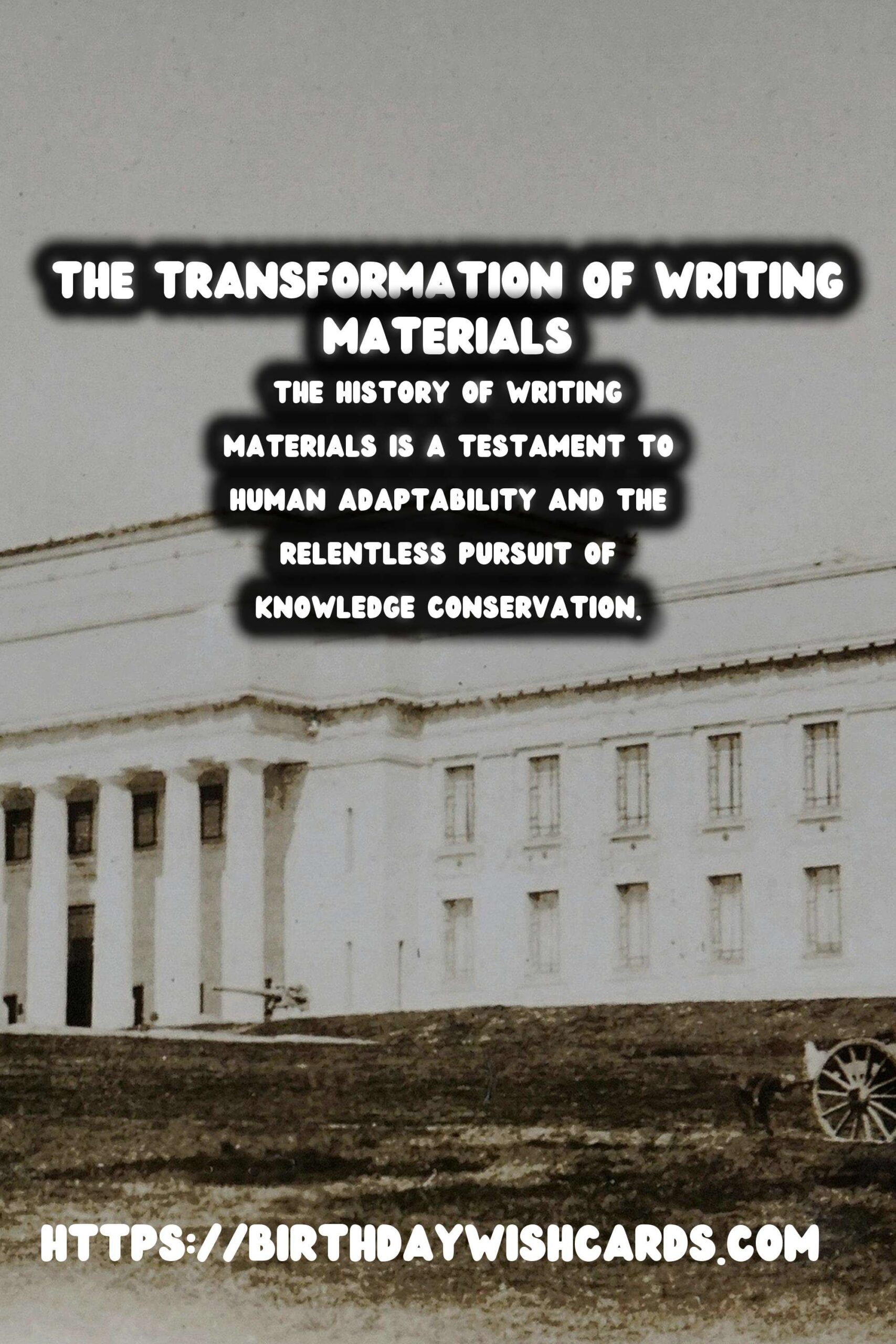
Writing is an essential part of human civilization, a journey that has spanned thousands of years. From the earliest marks etched onto stones to the crisp sheets of paper we use today, the evolution of writing materials reflects human ingenuity and the perpetual pursuit of knowledge preservation.
The Beginnings: Writing on Stone and Clay
Our story begins around 3500 BCE in ancient Mesopotamia, where the first known form of writing, cuneiform, emerged. Scribes used reeds to etch symbols onto clay tablets, which were then baked to create permanent records. Similarly, in ancient Egypt, hieroglyphics were carved into stone surfaces, testifying to a civilization deeply invested in recording its achievements and beliefs.
From Quartz to Quill: Papyrus and Parchment
As societies advanced, the need for more portable means of recording information grew. The Egyptians’ solution was papyrus, a writing material derived from the papyrus plant's pith. Lightweight and easy to produce, papyrus became the standard medium for documentation throughout the ancient world.
Following papyrus, parchment—a durable material made from animal skins—was developed around the second century BCE. Its superior texture and durability compared to papyrus made it immensely popular, especially in crafting illuminated manuscripts during the medieval period.
The Rise of Paper: A Revolutionary Change
While papyrus and parchment served their purposes well, the invention of paper marked a revolutionary change in the history of writing. Originating in China during the Han Dynasty around 105 CE, the process of creating paper quickly spread across Asia and the Islamic world, reaching Europe by the 11th century. Made from pulped plant fibers, paper was both lightweight and cost-effective, leading to a dramatic increase in written communication and record-keeping.
Gutenberg and the Printing Revolution
In the 15th century, Johannes Gutenberg’s introduction of the movable type printing press was a groundbreaking moment that democratized access to written knowledge. Gutenberg’s innovation enabled the mass production of books and pamphlets, facilitating an unprecedented surge in literacy and the spread of ideas during the Renaissance.
Modern Paper: From Mass Production to Digital Age
The Industrial Revolution in the 19th century brought about the mass production of cheap paper, making it widely accessible to the general public. The role of paper expanded beyond books to newspapers, letters, and documents of every kind.
Today, despite a digital shift towards electronic media, paper remains a vital medium. The tactile experience of writing by hand and the physical permanence of printed works continue to hold a special place in our cultural heritage.
Conclusion
The history of writing materials is a testament to human adaptability and the relentless pursuit of knowledge conservation. From clay tablets and papyrus scrolls to parchment codices and modern-day paper, each evolution in writing technology marked a significant leap in cultural development and information dissemination.
As we delve further into the digital age, reflecting on the history of writing reminds us of the intricate tapestry of human innovation and expression that has shaped our understanding of the world.
Writing is an essential part of human civilization, a journey that has spanned thousands of years. The history of writing materials is a testament to human adaptability and the relentless pursuit of knowledge conservation. 
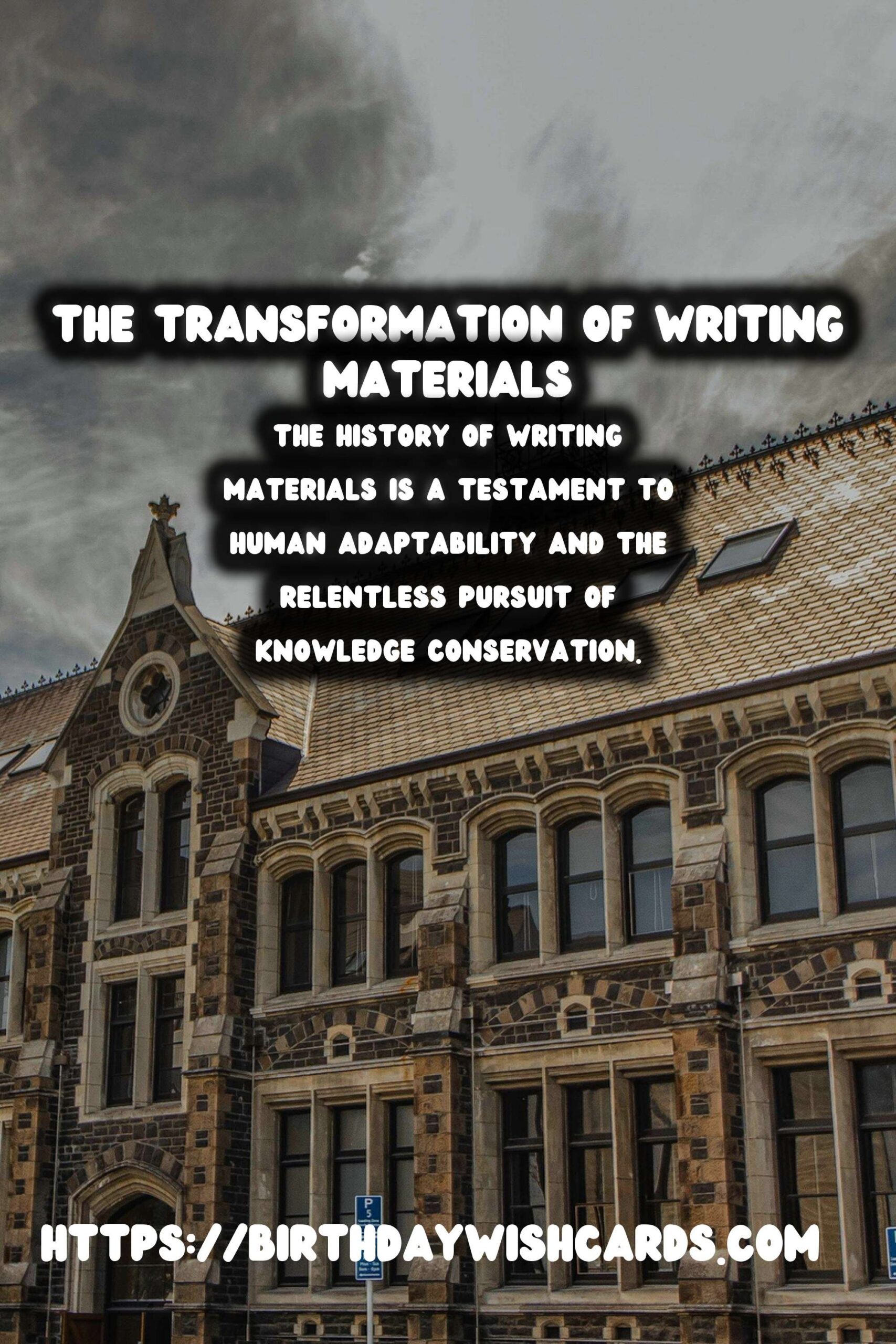
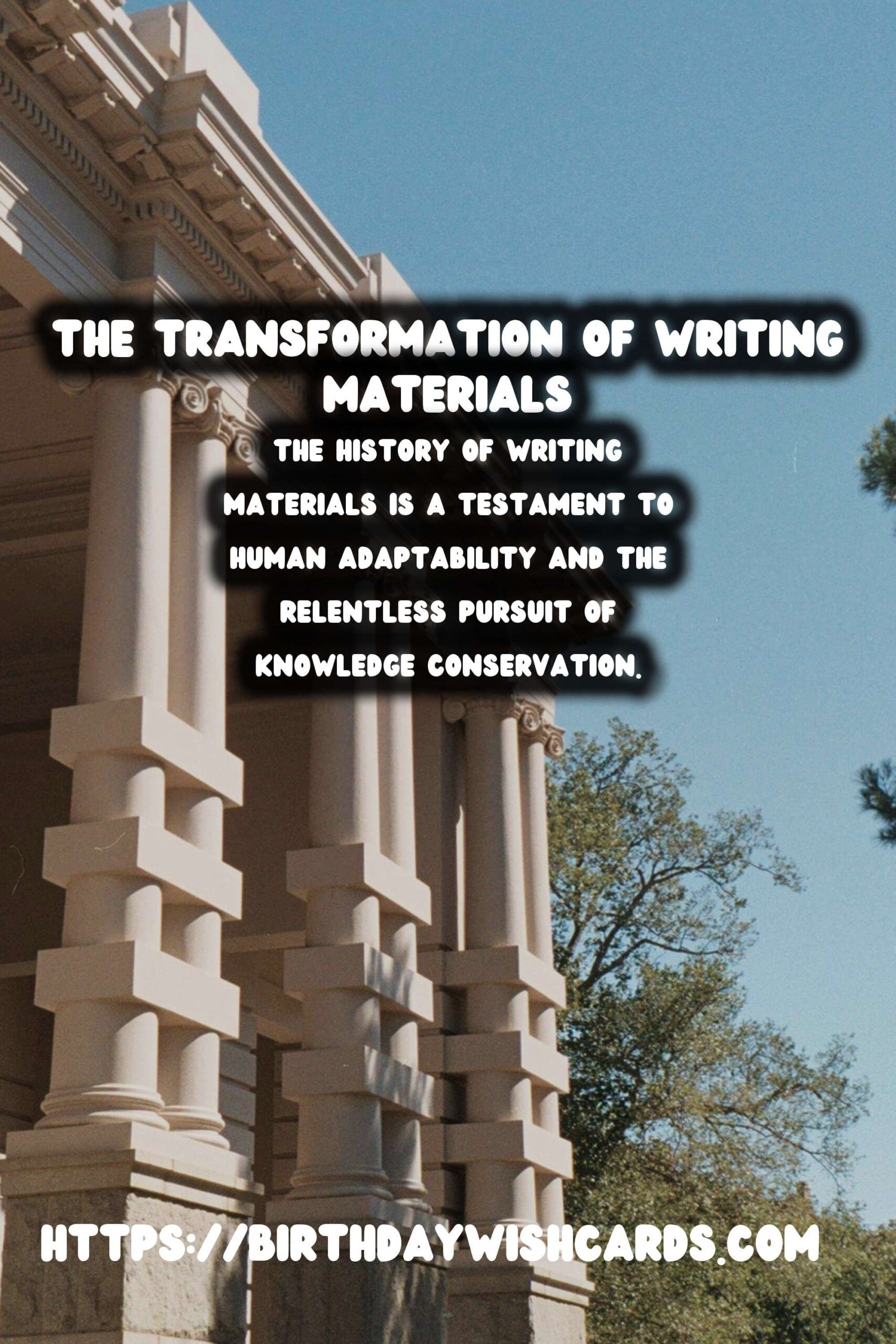
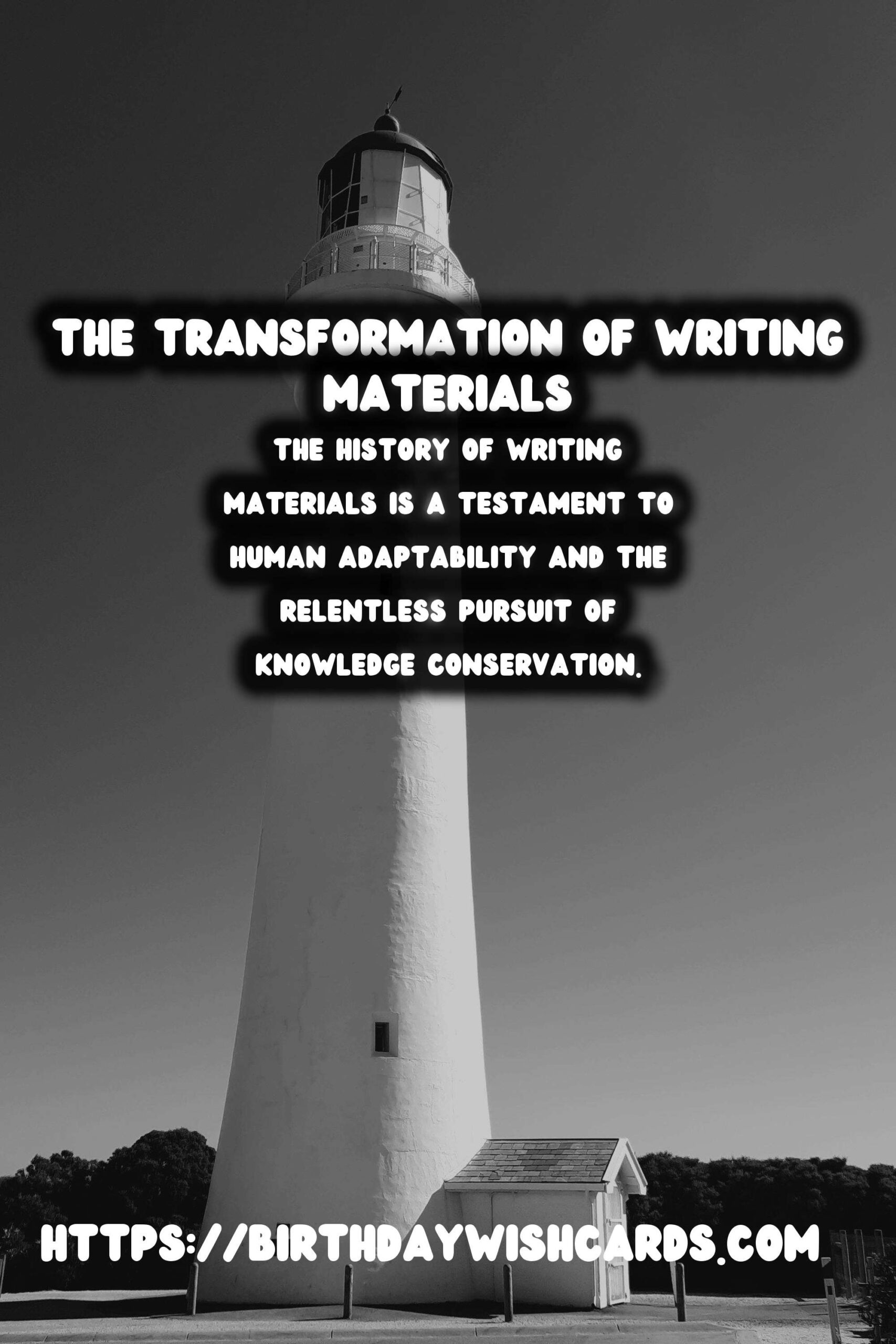
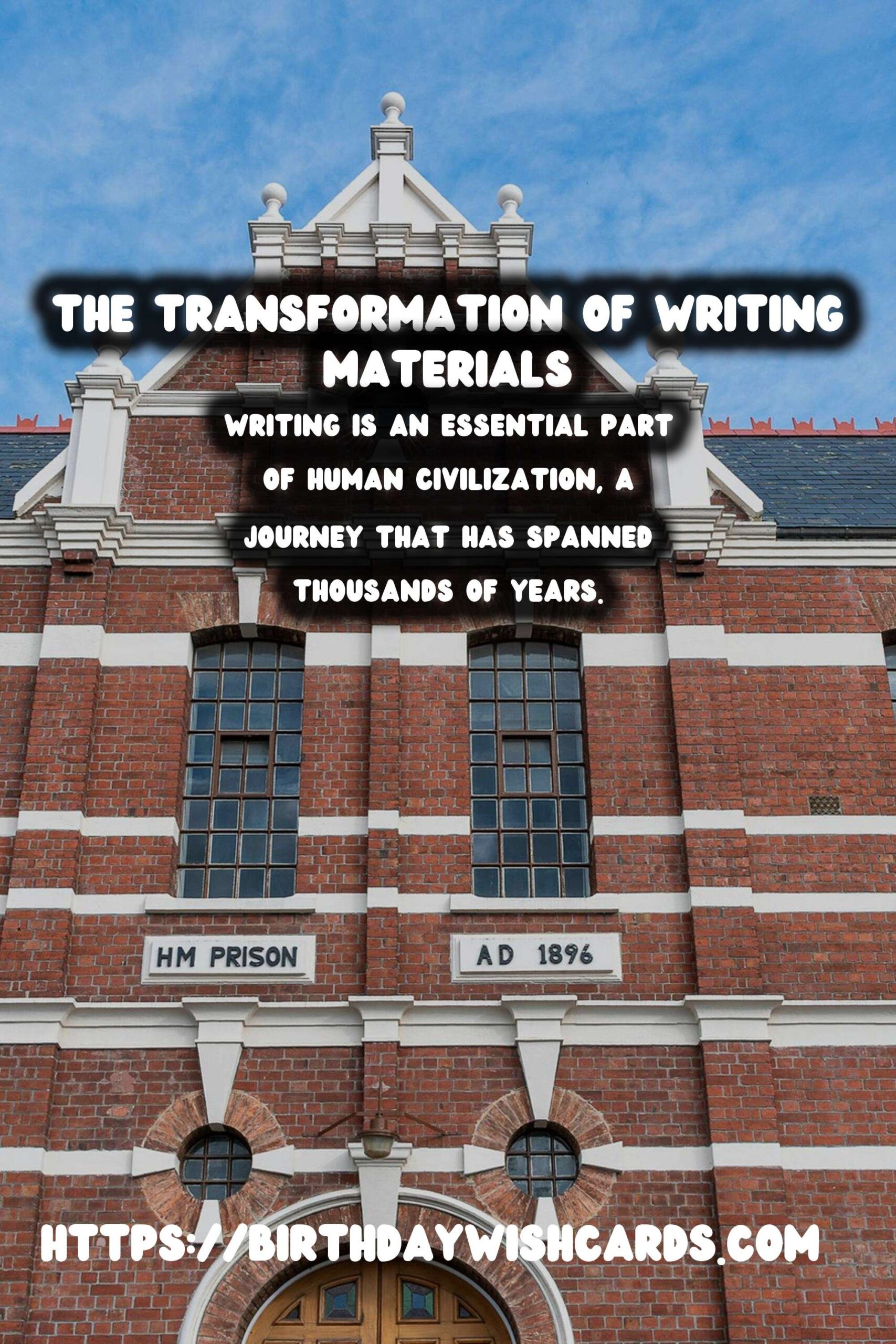
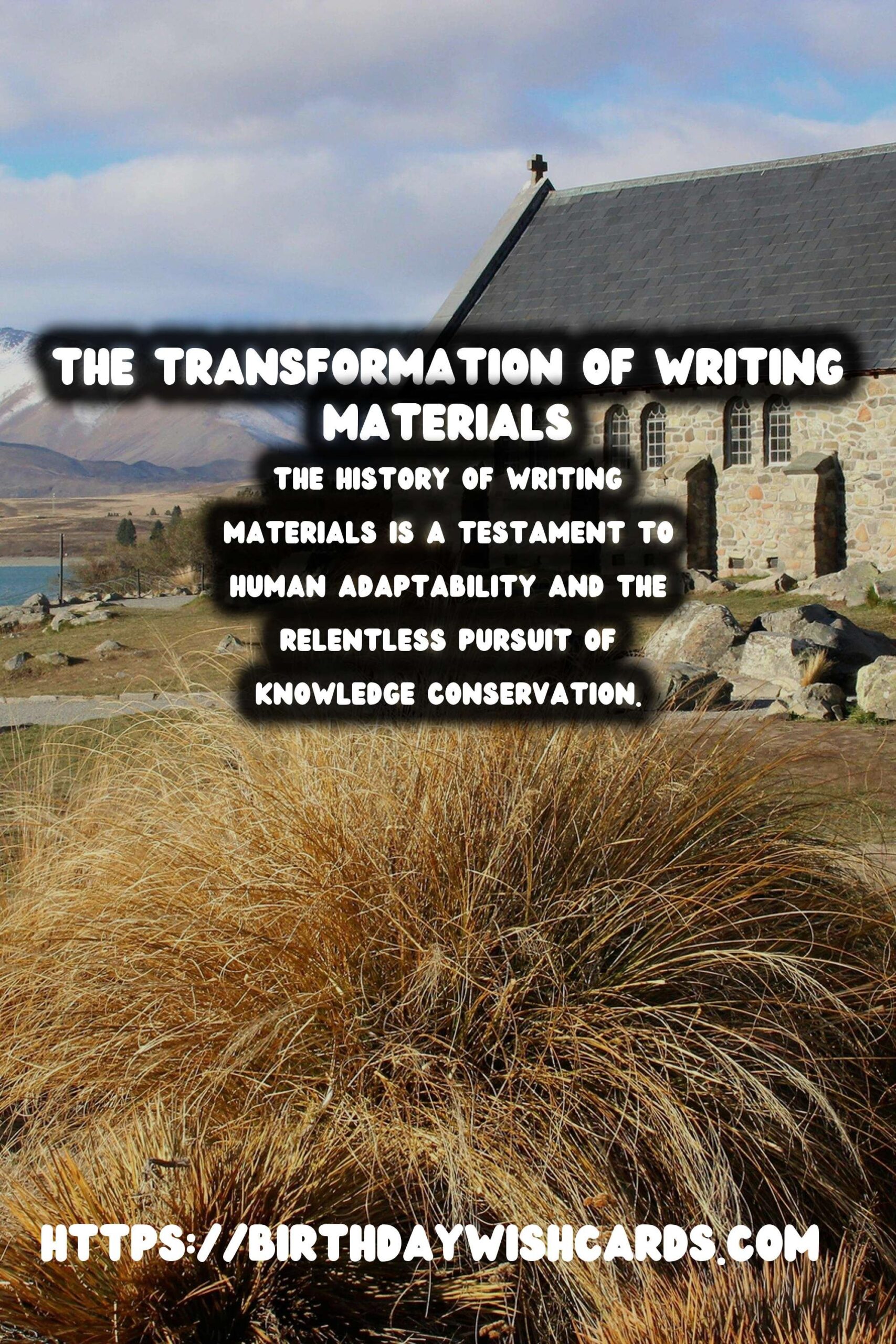
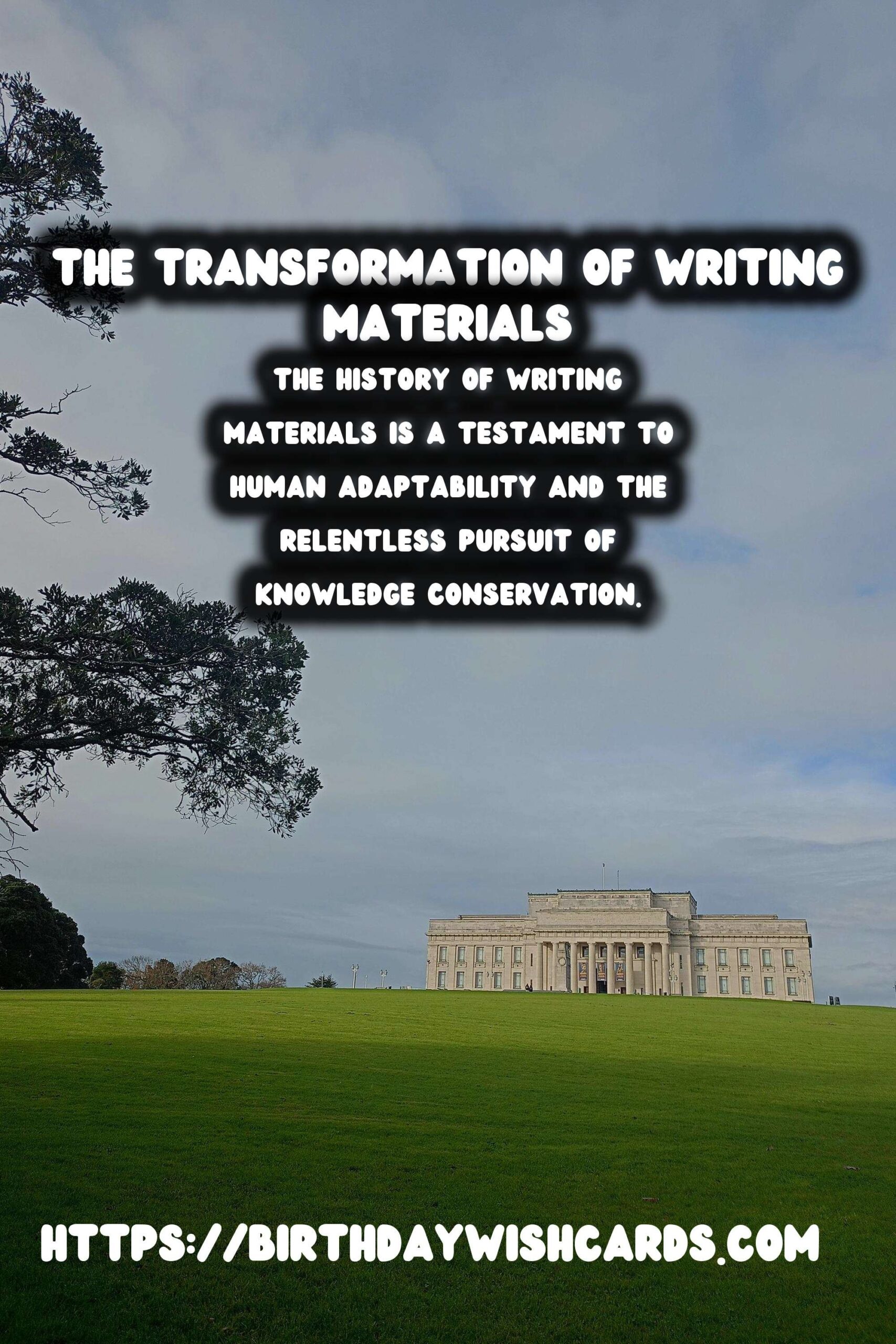
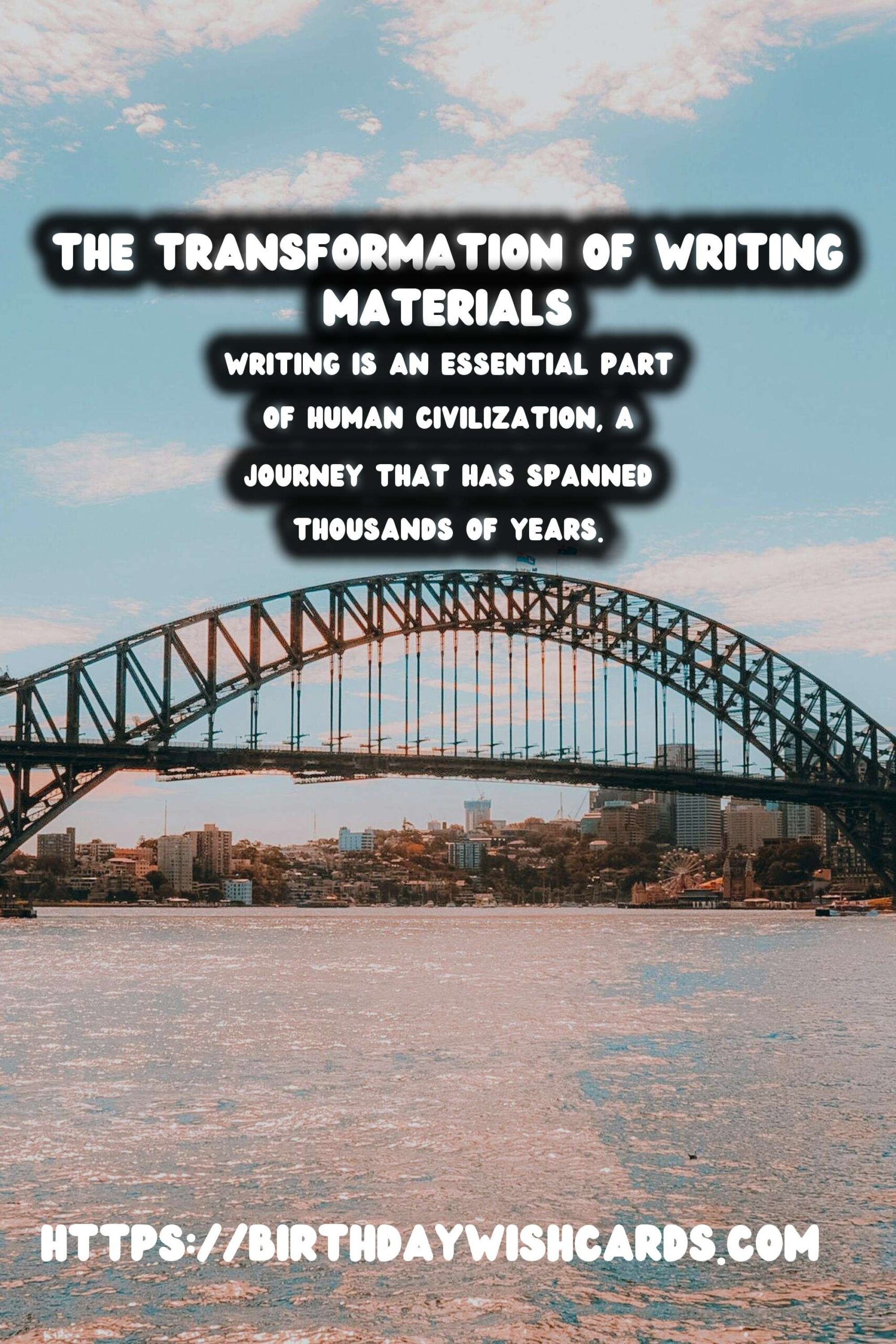
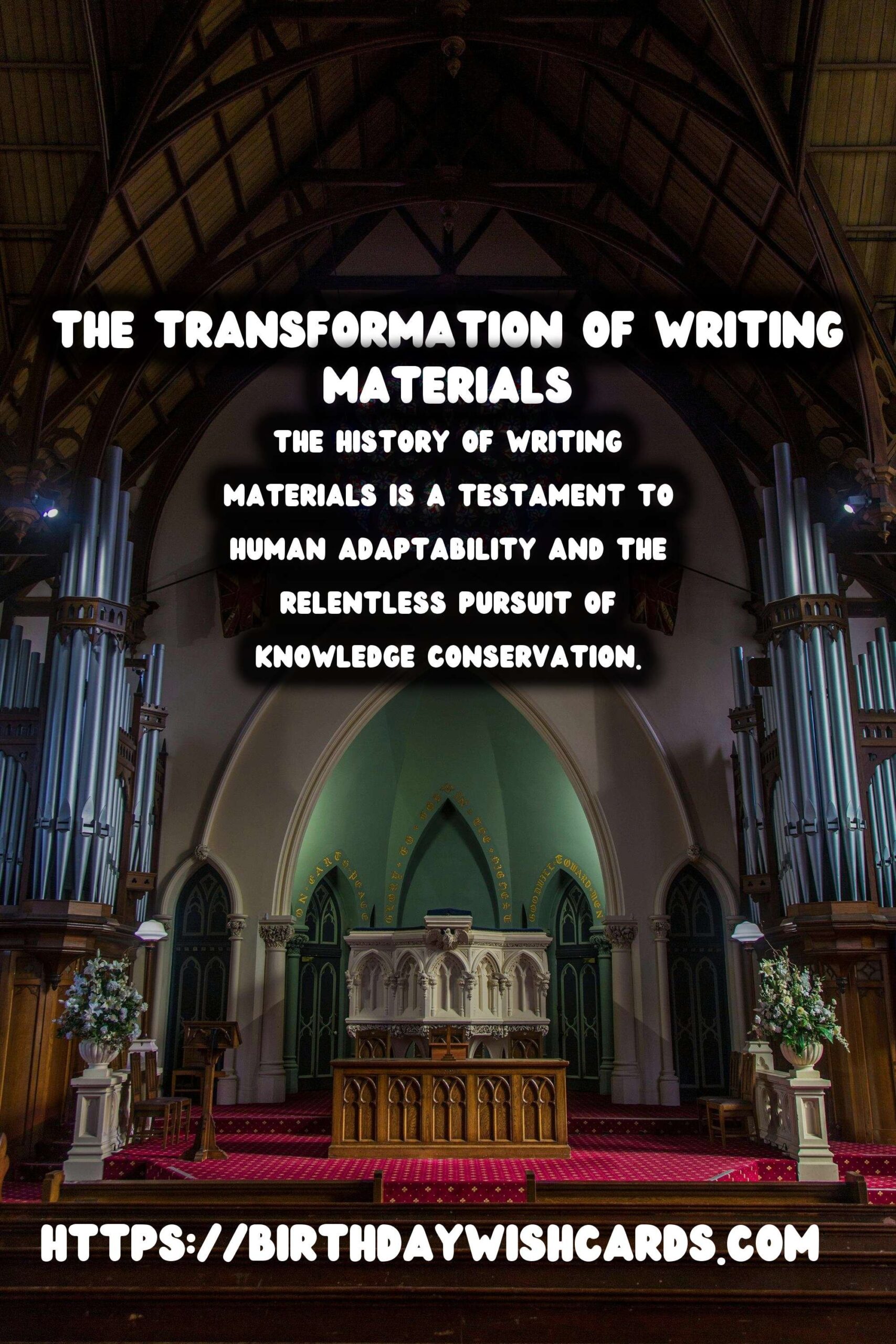
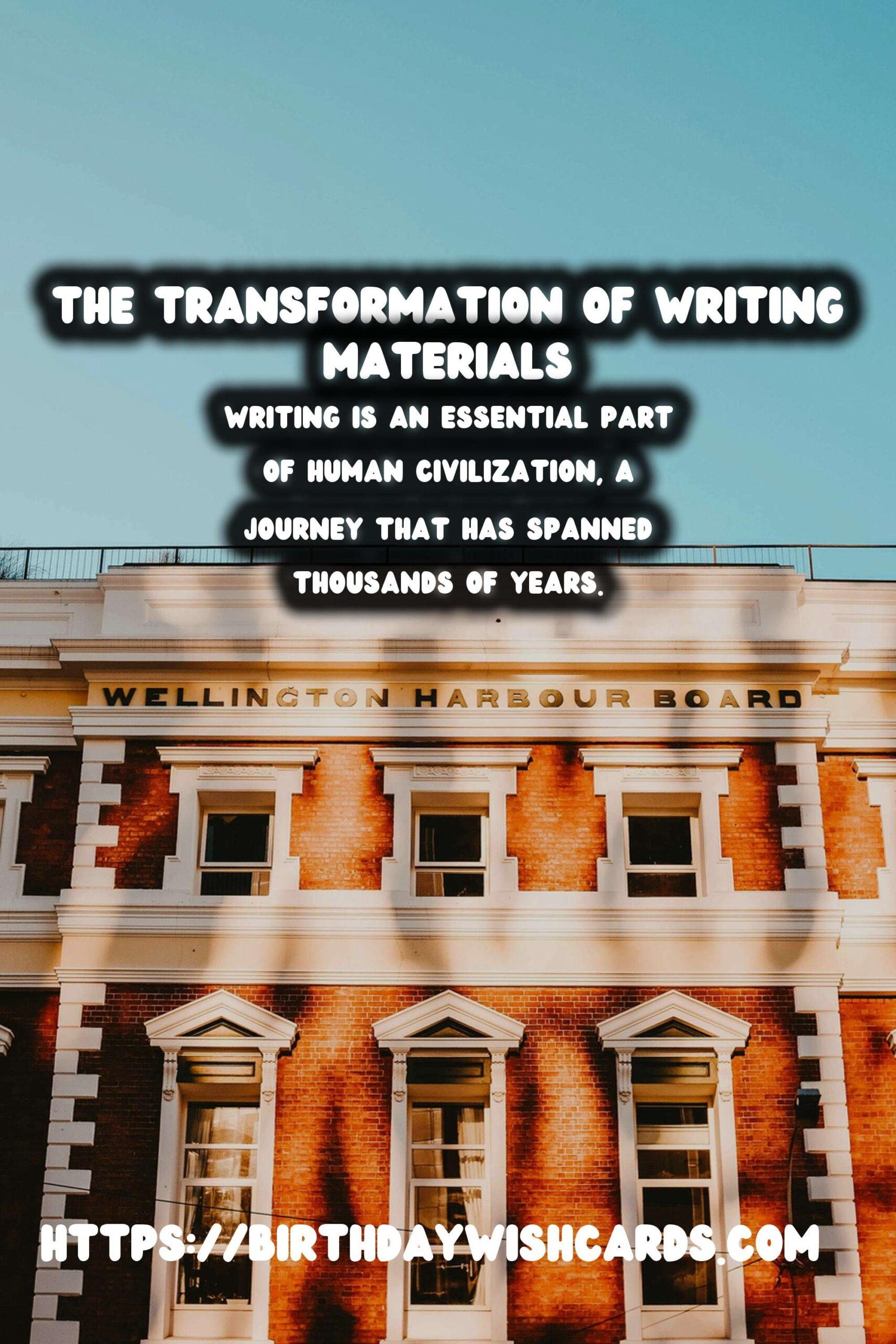
#History #Writing



